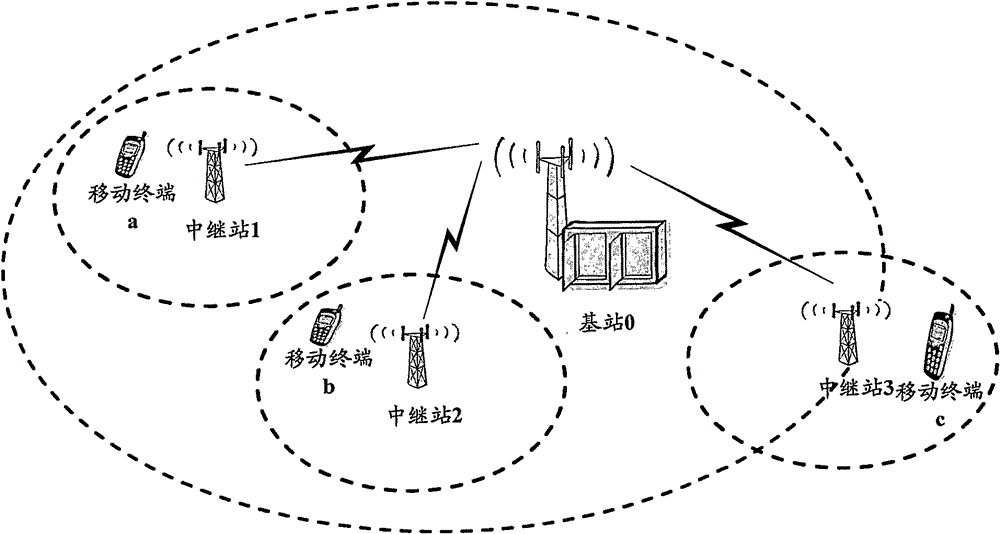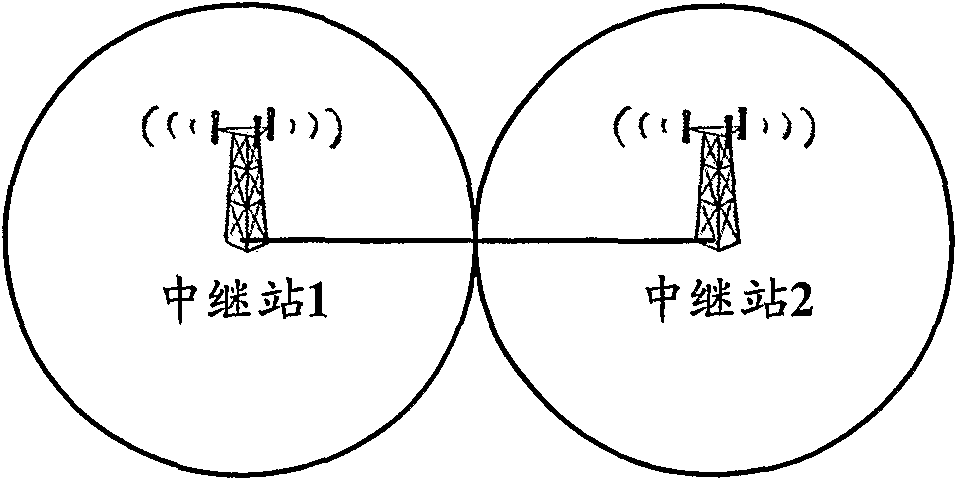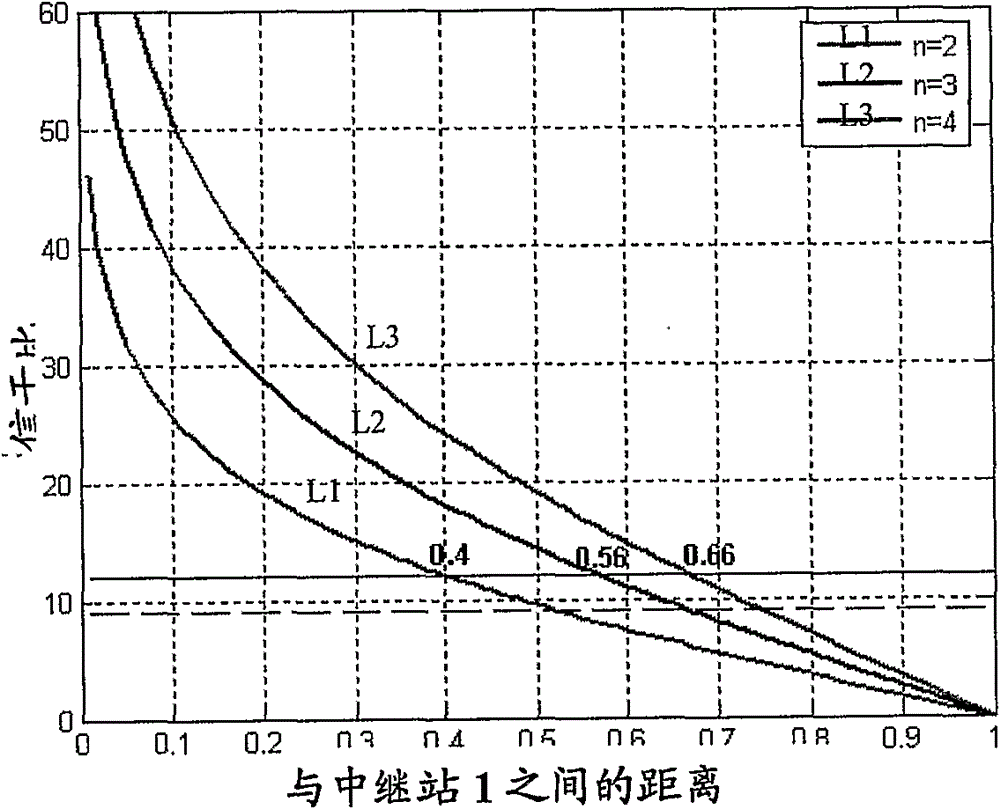Method and device for controlling the resource allocation in wireless relay network
A wireless relay network and resource allocation technology, applied in the field of resource allocation control, can solve problems such as interference, achieve the effect of suppressing interference and improving system capacity
- Summary
- Abstract
- Description
- Claims
- Application Information
AI Technical Summary
Problems solved by technology
Method used
Image
Examples
Embodiment Construction
[0029] Those skilled in the art can understand that there are various types of resources in the wireless relay network, including time, frequency, pseudo-random code, etc. Without loss of generality, time-frequency resources are taken as an example for description below.
[0030] Based on this, resource multiplexing in a cell in the present invention refers to that different network devices use the same time-frequency resources to send downlink signals to their respective serving mobile terminals, or different network devices (such as figure 1 Base station 0, relay stations 1-3) use the same time-frequency resources to receive uplink signals from their respective subordinate mobile terminals. Wherein, a network device serving a mobile terminal means that the network device communicates directly with the mobile terminal, and hereinafter referred to as a network device serving a mobile terminal as the serving network device of the mobile terminal. Therefore, the present inventio...
PUM
 Login to View More
Login to View More Abstract
Description
Claims
Application Information
 Login to View More
Login to View More - R&D
- Intellectual Property
- Life Sciences
- Materials
- Tech Scout
- Unparalleled Data Quality
- Higher Quality Content
- 60% Fewer Hallucinations
Browse by: Latest US Patents, China's latest patents, Technical Efficacy Thesaurus, Application Domain, Technology Topic, Popular Technical Reports.
© 2025 PatSnap. All rights reserved.Legal|Privacy policy|Modern Slavery Act Transparency Statement|Sitemap|About US| Contact US: help@patsnap.com



